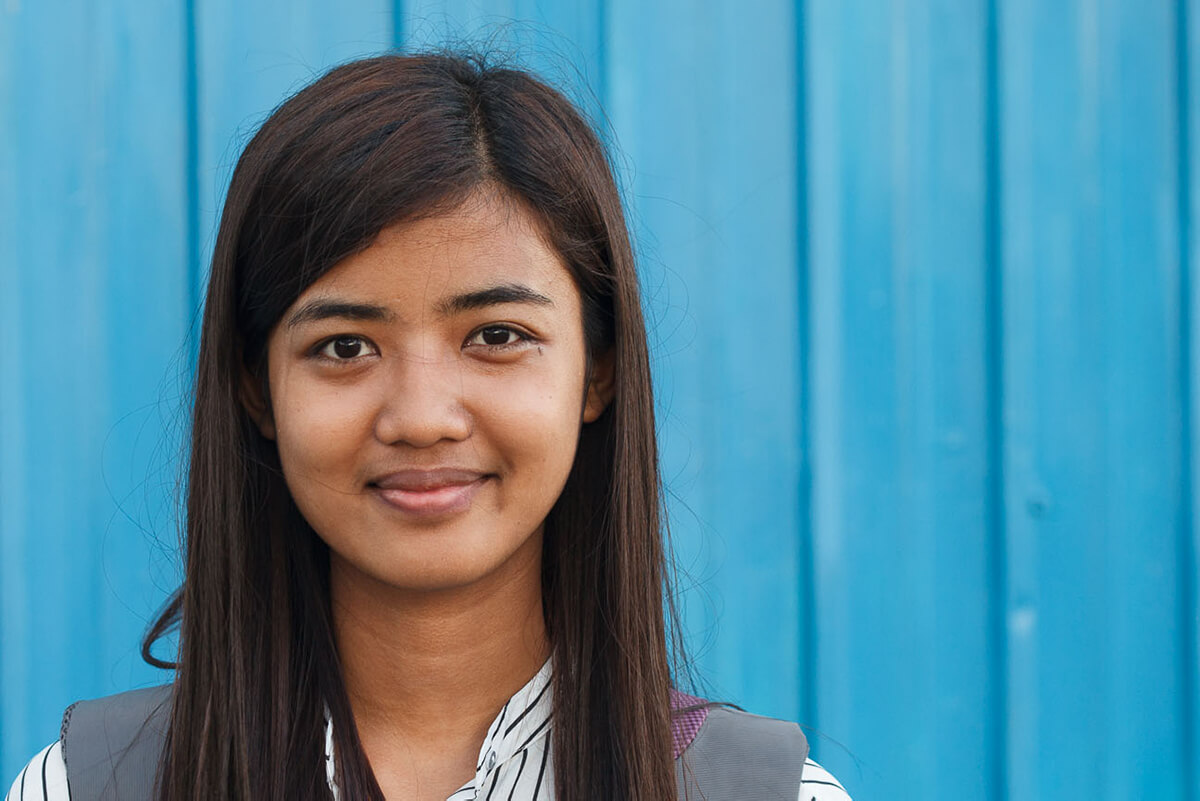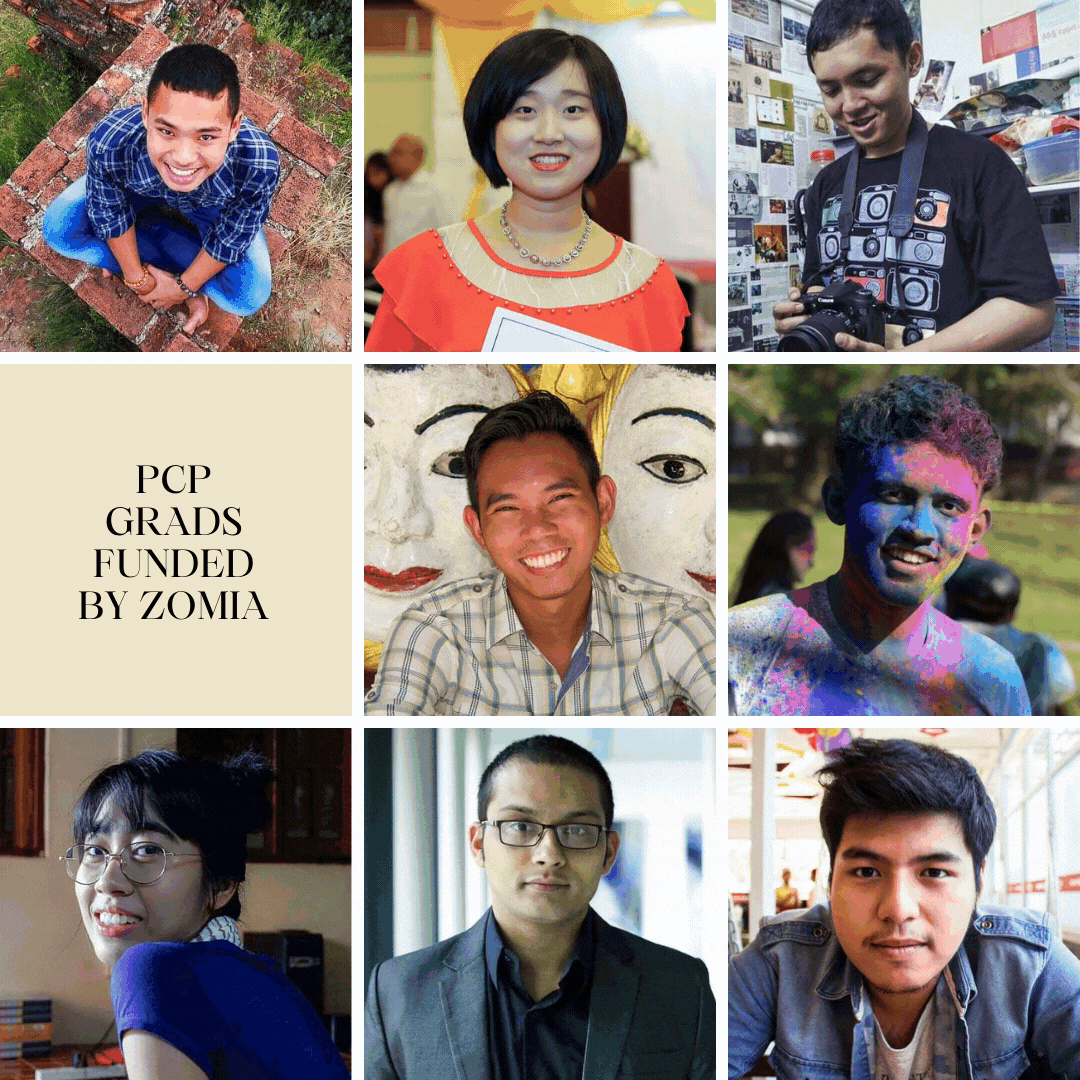
More college = less poverty: The impact of peer-to-peer lending
In this NextBillion post, we write about peer-to-peer lending for higher education in Myanmar and Cambodia.
Editor’s note: This post is part of NextBillion’s series, “Startup Showcase” — one of several topic areas we’ll be covering through special series this year. Click here for more details on our 2018 series.
How many students could be in college, but aren’t? As education lenders, we find ourselves periodically obsessed with this question. The answer has become a topic of research because, as we’ve learned, it’s difficult to calculate.
You can see here how we’ve pulled together datasets to calculate a rough figure. We used the “Barro-Lee Educational Attainment” dataset, a robust database also used by the World Bank for global education statistics. Though the margin of error is high — some countries are missing, and data provided by governments are often misreported or questionable — the numbers help to define scope and understand the size of this market.
What we’ve concluded is this: More than 57 million students globally are qualified and, for whatever reason, have not enrolled in a higher education program or finished their degrees. In Myanmar and Cambodia, where we work, nearly one million students fall into this category.
Perhaps not surprisingly, the costs associated with higher education are often the reason why a student might drop out or never enroll. A family that can afford tuition might be unable to afford the cost of living in a city, where the best schools tend to be. And even if tuition and cost of living are both affordable, the quality of education is often dubious, as is still the case with higher education in Myanmar.
Scholarships to quality institutions are helpful but limited: Government loan schemes for Myanmar and Cambodian citizens don’t exist, though comments from the education minister suggest a government-sponsored education loan program is in the works in Cambodia.
Some financial institutions offer education loans — for example, CB Bank and AYA in Myanmar and ACLEDA and Kredit in Cambodia — but they are notoriously hard to obtain (for students) and hard to sell (for loan officers). In general, banks and microfinance institutions (MFIs) see student loans as too risky and long-term. The students’ earning potential is unknown, the loans are repaid over a long period of time, and students don’t have collateral. Meanwhile, to students, the loans seem unfriendly and intimidating. The banks often charge high interest, mandate fast repayment, or require collateral or co-signers with collateral.
The peer-to-peer lending solution
That’s why Zomia is trying to make higher education financing sustainable and attractive in low-income countries. Our approach is probably most similar to peer-to-peer lenders like Lending Club and Prosper. Students apply for loans directly through our website. Lenders — both individuals and institutions — then purchase portions of the loans on the site. When students repay, the repayments are allocated proportionally to their supporters, the lenders.
This means that access to funding for students is now independent of their location. Whereas before they might have needed to show up in person at an MFI or bank (or have a field officer visit them), now they only need a computer and decent internet connection. Both of these are increasingly feasible expectations in Myanmar and Cambodia. Operationally, this almost eliminates the need for loan officers and financial centers in the field.
On our website, the Zomia Student Roster allows lenders to discover and support students of their choice. And because Zomia is the only intermediary between lenders and students, a sense of community is possible. Lenders can send supportive messages to students, and students can respond with thanks and well wishes.
The challenges of lending to low-income students
Perhaps the single, largest challenge we have to overcome is dealing with the long-term nature of repayments. We have informally observed through their actions in repayment that Zomia students value flexibility in repayments over the accumulation of interest. Life events — getting married, hospital visits, buying a home, paying other debts, pursuing advanced degrees, etc. — are inevitable, and students need to take periodic breaks from repayment. This complicates cash flow for us and for lenders, but it’s also a core benefit to students. When you tell a student they can take a break over the course of their years-long repayment period, self-financing an education starts to look realistic.
However, this presents a challenge of the funding side: Long-term repayments necessitate patient capital. Our best estimates suggest that students will take six to eight years to fully repay their loans, depending on students’ family size, incomes and how many deferments they take. This is an unattractive proposition for mainstream lenders because it freezes their capital for a relatively long period of time. Fortunately, these funders do exist. Vanderes Foundation, for example, became our first institutional lender because it believes that education is the best way to escape poverty, even if that means waiting a longer time to receive repayment.
One big challenge on the student side of our model is accepting first-year bachelor’s degree students. They simply don’t perform well in our due diligence process. Despite demonstrating great potential, unless these students have significant outside support (scholarships, family funding, etc.) they will accumulate a mountain of debt by the time they finish college. For this reason, we’d rather deny a first-year student without any existing support than saddle them with debt they’ll never fully repay. One approach we’ve taken with some success is to partner with a charity or NGO (like BEAM in Thailand) to provide partial scholarships combined with partial loans. This funding mix allows us to reach more students and lets us feel more comfortable about the students’ total loan amounts.
The potential
The upshot to offering student loans is that we have years to collect data and measure impact. Having started formally lending in 2014, we’re still a very young company. But among our graduates, the impact of higher education is becoming clearer.
Take incomes, for example. Because our loan repayments are based on income, we track our students’ earnings after graduation. One benchmark we look at is whether students are earning more than 300 percent above the international poverty line of $1.90/day, which is an appropriate threshold in Myanmar and Cambodia. This is an indication that they have entered the “middle class.” In real terms, a student who earns more than $171/month would be considered in this bracket in Myanmar and Cambodia. Currently, 88 percent of Zomia graduates (22/25) earn more than this — and by a lot. At $488/month, the average Zomia student is earning nearly 850 percent above the poverty line. Of the three students who fall below the 300 percent threshold, two are unemployed and one is temporarily volunteering at a monastery in her hometown so she can take care of her father, who is critically ill.
Most exciting though is the ripple effects of higher education we’ll witness in the decades to come. Of the 77 students we’ve supported so far, two-thirds grew up in rural areas, four-fifths drew water from natural sources (rivers, streams, or personal or community wells), and over half of their parents never made it into high school. Today, Zomia students are college graduates from internationally accredited universities. They are savvy, working professionals. They are saving money and sending some home. Poverty is becoming a distant memory if it isn’t already. Most of our students are first-generation college students, but that will not be true for their children and grandchildren.
This is the magic of education: It’s a huge investment and a long journey, but when we talk about “impact,” education is the rising tide that lifts all boats.
For our part, we’re trying to open a million-person higher education market in Myanmar and Cambodia. The virtual nature of peer-to-peer lending has tremendous potential to lower overhead for lenders and rates for borrowers. But it also requires long-term thinking, patient capital and a lot of upfront tech. We’re committed to tackling these challenges. We believe that if we can scale this model in low-income countries, then we’ll have truly made a difference in increasing access to higher education.
More posts from Zomia
Graduate Profile: Moon’s Perseverance & Path to Success
From a small town in Myanmar called Pinlon to a successful career in Japan, Moon, a student of Shan ethnicity, […]
Read More ›2020 U.S. Election Bingo Cards
On Tuesday, voters in the United States will go to the polls as they do every November—and as nearly any […]
Read More ›Zomia Signs MOU to Support PCP Students
Zomia and the Pre-Collegiate Program of Yangon (PCP) are excited to announce the signing of a Memorandum of Understanding to […]
Read More ›Earn a $50 Gift Card as a Monthly Lender
Provide $100 in automated monthly loans and earn a $50 gift card from a retailer of your choice! Among our […]
Read More ›


